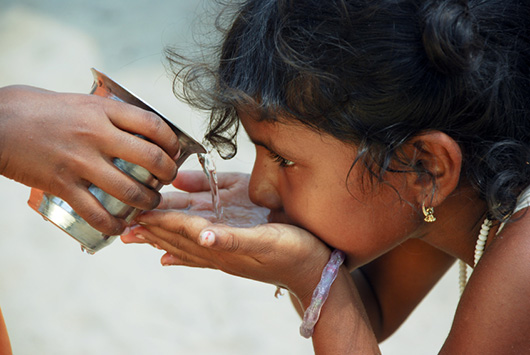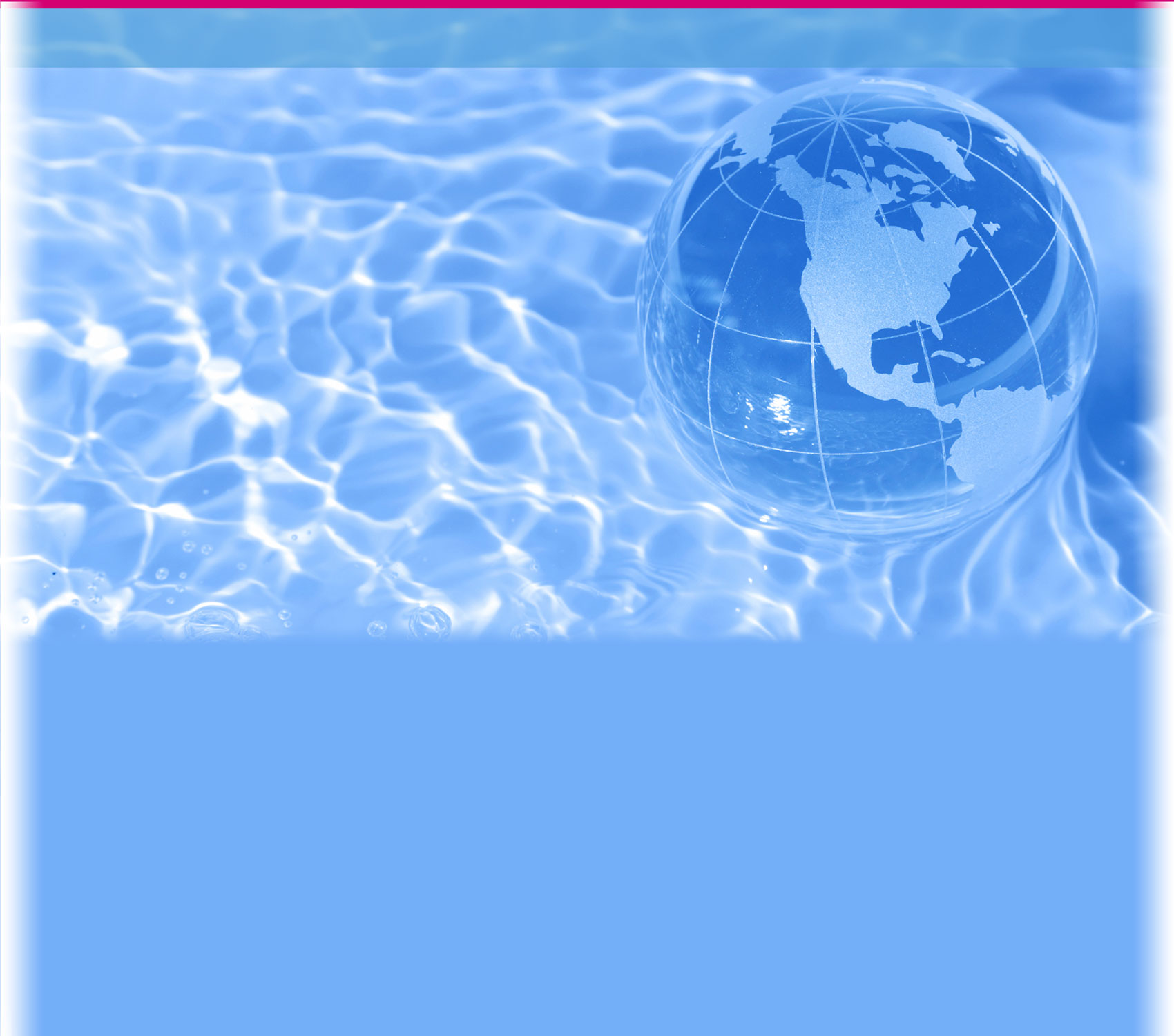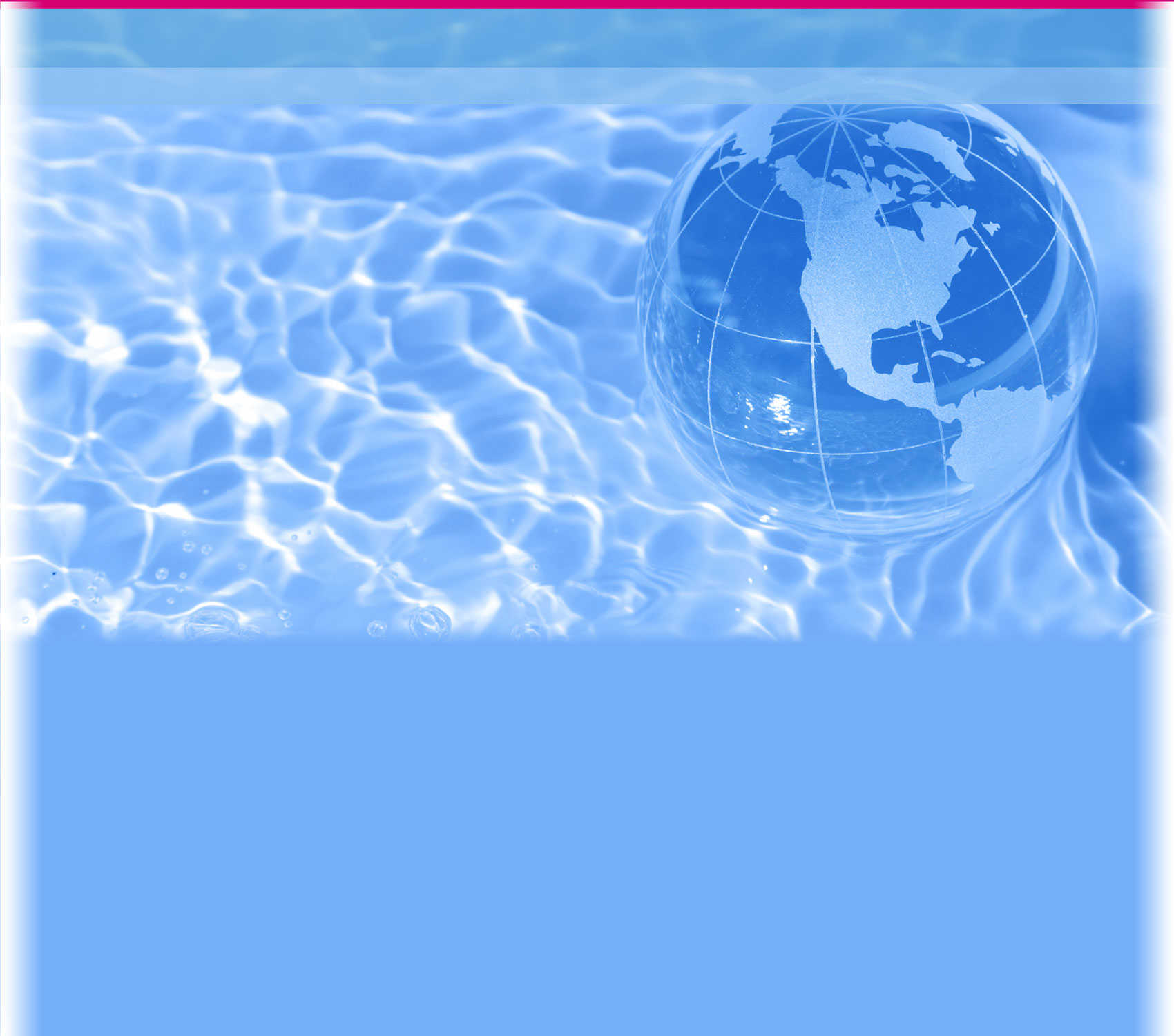- Home
-
Lesson Activities
- Introduction
- Access to Clean Water: What Is the Problem?
- Global Water Issues
- Your Challenge
- The Engineering Design Process
- Phase 1 - Regional Information on Water Issues
- Water Quality: Possible Solutions
- Sample Water Purification Systems
- Water Quality Resources
- Phase 2 - Consider Constraints and Explore Possibilities
- Select an Approach and Develop a Design Proposal
- Make a Prototype and Test Your Design
- Refine Your Design and Create Your Final System
- Communicate Your Results
- Phase 3 - Build Your Presentation
- Final Presentation
- Student Resources
- Teacher Resources
- STEM Careers
Refine Your Design and
Create Your Final System
 Access to safe drinking water is crucial for a healthy life.
Access to safe drinking water is crucial for a healthy life.
What happened when you treated your sample of "contaminated" water? Were you able to see a difference between the untreated and treated water?
Record your conclusions and develop some ideas for revisions on page 14 in your Engineering Portfolio. Next, go back to your prototype and make necessary changes to refine the design.
If you have time, test your system again, comparing your new results to your original test results.
 Teacher Note
Teacher Note
In this activity, students will refine and retest their water purification systems. Have students turn to page 14 in their Engineering Portfolios. Work with groups as they figure out how to refine and retest their designs. Be sure to have additional materials and water available for students.
 Essential Questions
Essential Questions
- How can the engineering design process be used to solve real-life problems?
- What are some effective methods for purifying water?
 STEM Career
STEM Career
Connection
 Meet
microbiologist
Beronda Montgomery.
Meet
microbiologist
Beronda Montgomery.
Microbiologists study microorganisms, which are living things that can only be seen with a microscope.


